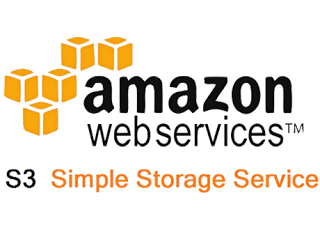Amazon S3

Amazon S3 is an online file storage web service. It stores all types of objects through the web services interface. S3 stands for Simple Storage Service. In a web application, the static contents can pressurize the web server, S3 storage helps to load the images and videos quickly to scale up your website’s performance. What are You Going to Learn? Advantages Prerequisites Companies depending on Amazon S3 Terminology used in S3 How to setup and manage Amazon S3 Conclusion Advantages of Amazon S3 Amazon S3 helps to improve the website/web application performance by loading the static contents and reduce the webserver load. Amazon S3 can store any type of file/object in a container which is called ‘bucket’. You can store a single object up to the size of 5TB Amazon S3 allows you to set permissions to the buckets to read/write using unique key and the authentication setup will keep the data secure from unauthorized access. Amazon S3 can be a...


